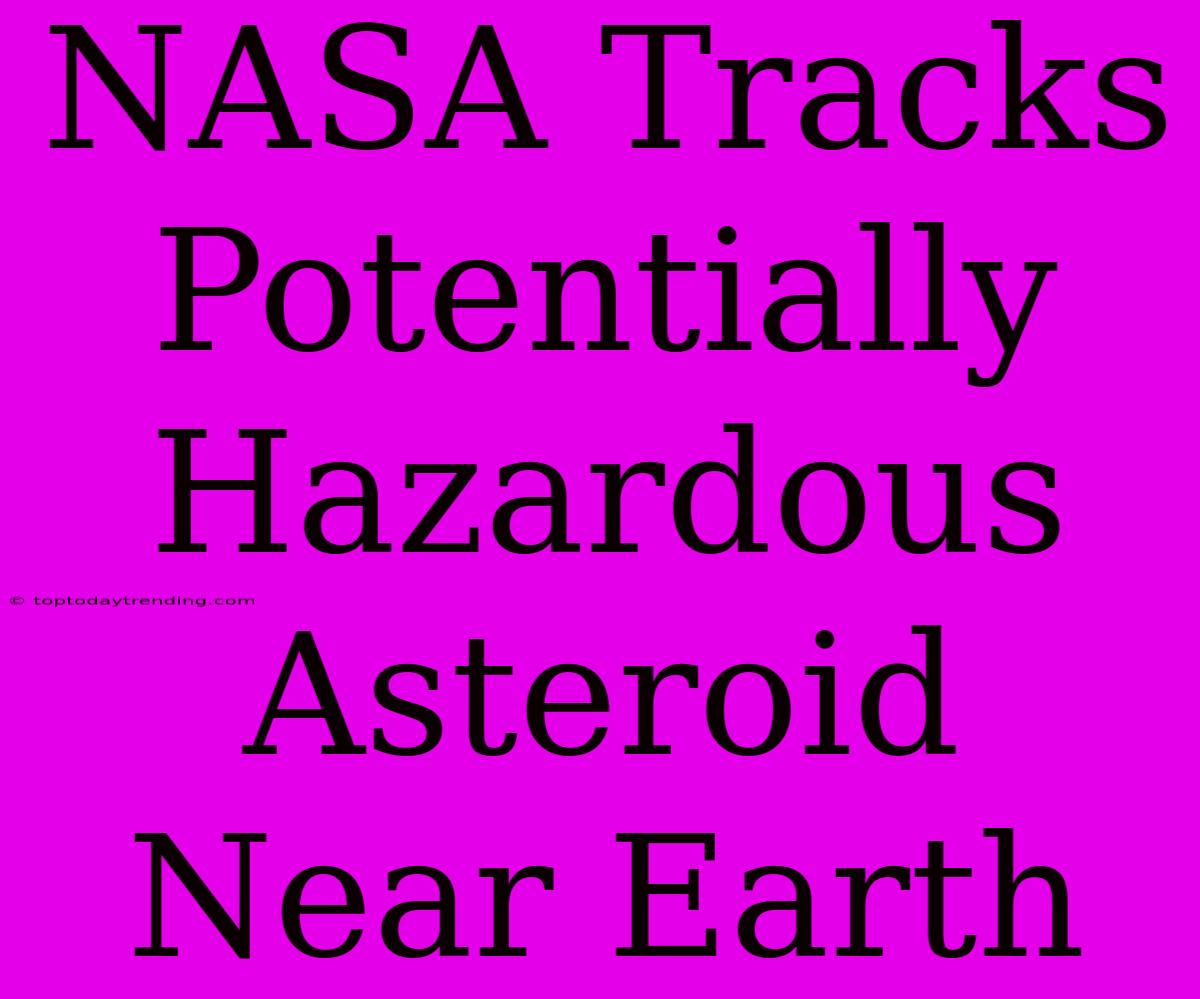NASA Tracks Potentially Hazardous Asteroid Near Earth
The space agency is constantly monitoring asteroids and comets that pass close to our planet, keeping a watchful eye on those that pose a potential threat to Earth.
The vast expanse of space is filled with celestial objects, many of which cross paths with our planet Earth. Among them are asteroids, rocky remnants left over from the formation of our solar system. While most of these asteroids pose no threat, some have orbits that bring them close to Earth, prompting scientists and space agencies to keep a close watch. These near-Earth objects (NEOs) are classified as potentially hazardous asteroids (PHAs) if they meet certain criteria, namely having a minimum distance of intersection with Earth's orbit of 0.05 AU (astronomical units) and a diameter of at least 140 meters.
NASA's Role in Tracking NEOs
NASA, through its Planetary Defense Coordination Office (PDCO), plays a crucial role in monitoring and characterizing NEOs. They employ a network of ground-based telescopes and space-based observatories, constantly scanning the skies for these celestial bodies. The agency's efforts focus on:
- Detecting and Tracking: Identifying and tracking NEOs to determine their orbits, size, and composition.
- Characterizing: Studying the physical properties of NEOs to understand their potential impact on Earth.
- Assessing Risk: Calculating the probability of an NEO impacting Earth and the potential consequences.
The Importance of Tracking Potentially Hazardous Asteroids
Understanding the threat posed by PHAs is paramount for planetary defense. An impact from a large asteroid could have devastating consequences, causing widespread destruction and even triggering a global extinction event. By tracking these celestial objects, scientists can:
- Predict Potential Impacts: With accurate tracking data, scientists can predict the likelihood and timeframe of a potential impact.
- Develop Mitigation Strategies: Early detection allows time to develop and implement mitigation strategies, such as deflecting the asteroid or evacuating areas at risk.
- Plan for the Future: Knowing the potential threat of PHAs allows us to plan and prepare for future events, ensuring the safety of our planet.
Current Situation and Future Plans
NASA and other space agencies are actively working on projects to further enhance NEO tracking capabilities. These include developing new telescopes, space-based observatories, and advanced algorithms for trajectory prediction. The agency is also collaborating with international partners to share data and resources, ensuring a global effort to protect Earth from potential asteroid impacts.
Conclusion
Tracking potentially hazardous asteroids is a vital part of planetary defense. NASA's continuous efforts in this field ensure that we are prepared for any potential threats from space. By staying vigilant and leveraging advanced technology, we can ensure the safety and continued existence of our planet for generations to come.

